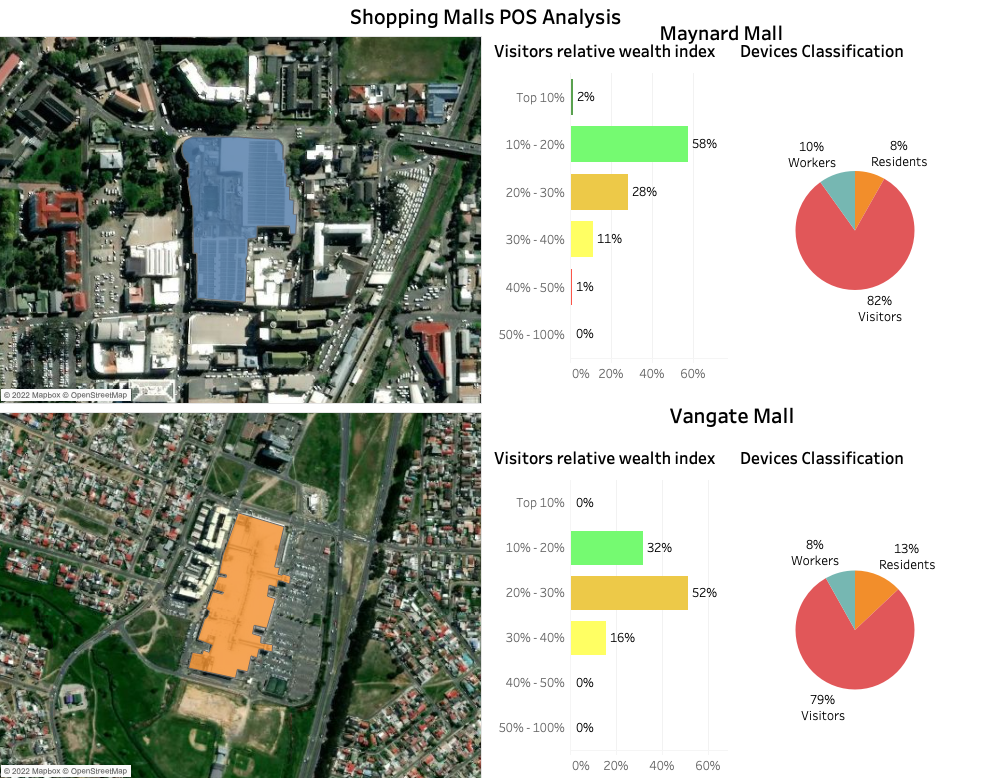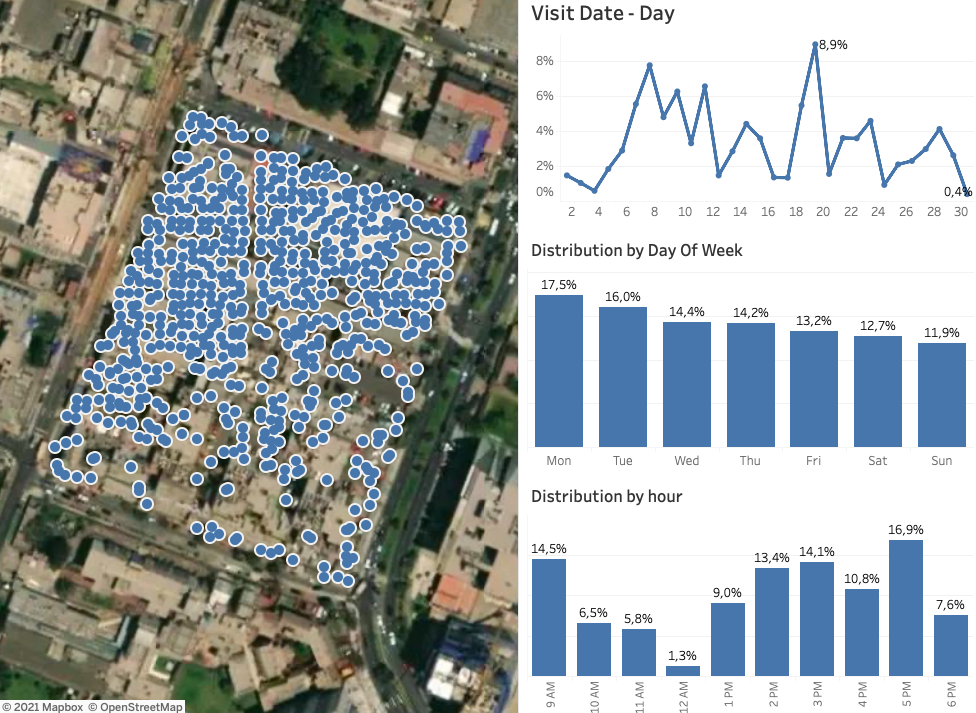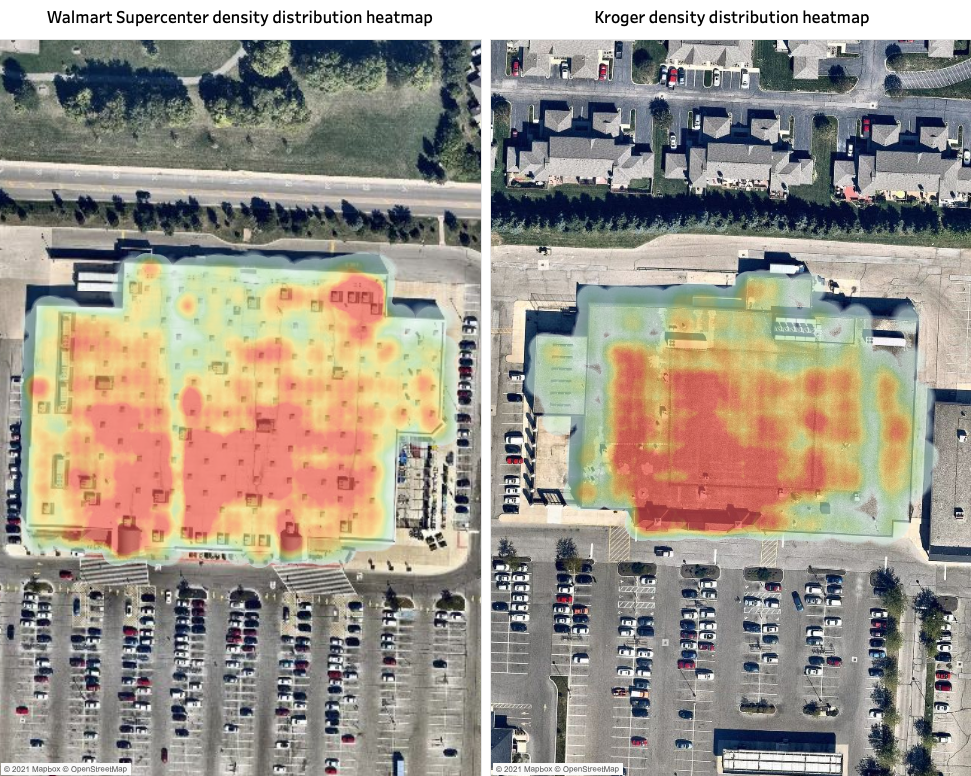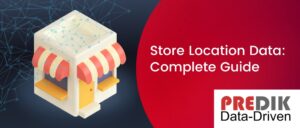Location intelligence is a key tool that shopping center managers should use since, via people’s location and mobility data, they gain valuable insights such as how much time consumers spend in stores and how often they visit.
Shopping centers can use this technology to collect geospatial data sets, transaction history, and point-of-sale data, as well as other business processes for in-depth geographic analysis by providing demographic data on adjacent businesses, including competitors.
Location intelligence usually combines demographic and psychographic data to understand individual and group behavior sequentially.

What benefits does this tool bring to shopping centers?
From strengthening procurement to developing better consumer experiences, location data enables a complete and efficient customer journey mapping.
Also Read: “Location intelligence for Retail Expansion Plans: Case Study“
It allows to analyze consumer behaviors, such as visitation patterns and purchase intent, evaluate new partnering opportunities, and identify co-branding opportunities.
Improves loyalty programs and targeting strategies by understanding consumers’ cross-buying activities, such as brand affinity, frequency of visits, dwell time, etc.

Enables a deeper understanding of consumer behaviors, serving as a basis for improving marketing strategies and communication efforts.
Improves communication efforts throughout the day, increasing market share and marketing ROI by providing data-driven, consumer-centric insights to inform decisions in real-time.
Identifies new audiences and media planning strategies, helping to evaluate creative messages, content platforms, media mix, and multichannel investments.
You may also be interested in: “Ways Location Intelligence drives Real Estate Investments“
It helps to map the customer journey and path to purchase, improving audience targeting by revealing a number of new audience segments available for activation, such as geographical behavioral audiences, branded audiences, predictive audiences, and seasonal audiences.

Identifies consumer behaviors and visitation patterns, helps with site planning and forecasting store closures, measuring the impact of new store openings by competitors.
Creates effective revenue forecasting by leveraging real-time consumer footfall data to forecast brand sales, revenue, foot traffic, visitation trends, etc.
It provides real-time information and data modeling that helps inventory and merchandise teams strengthen their resource management, it also predicts in-store visits, which helps manage inventory, increasing cost efficiency.
At PREDIK Data-Driven we generate mobility solutions that help shopping centers maximize revenue and optimize costs.

